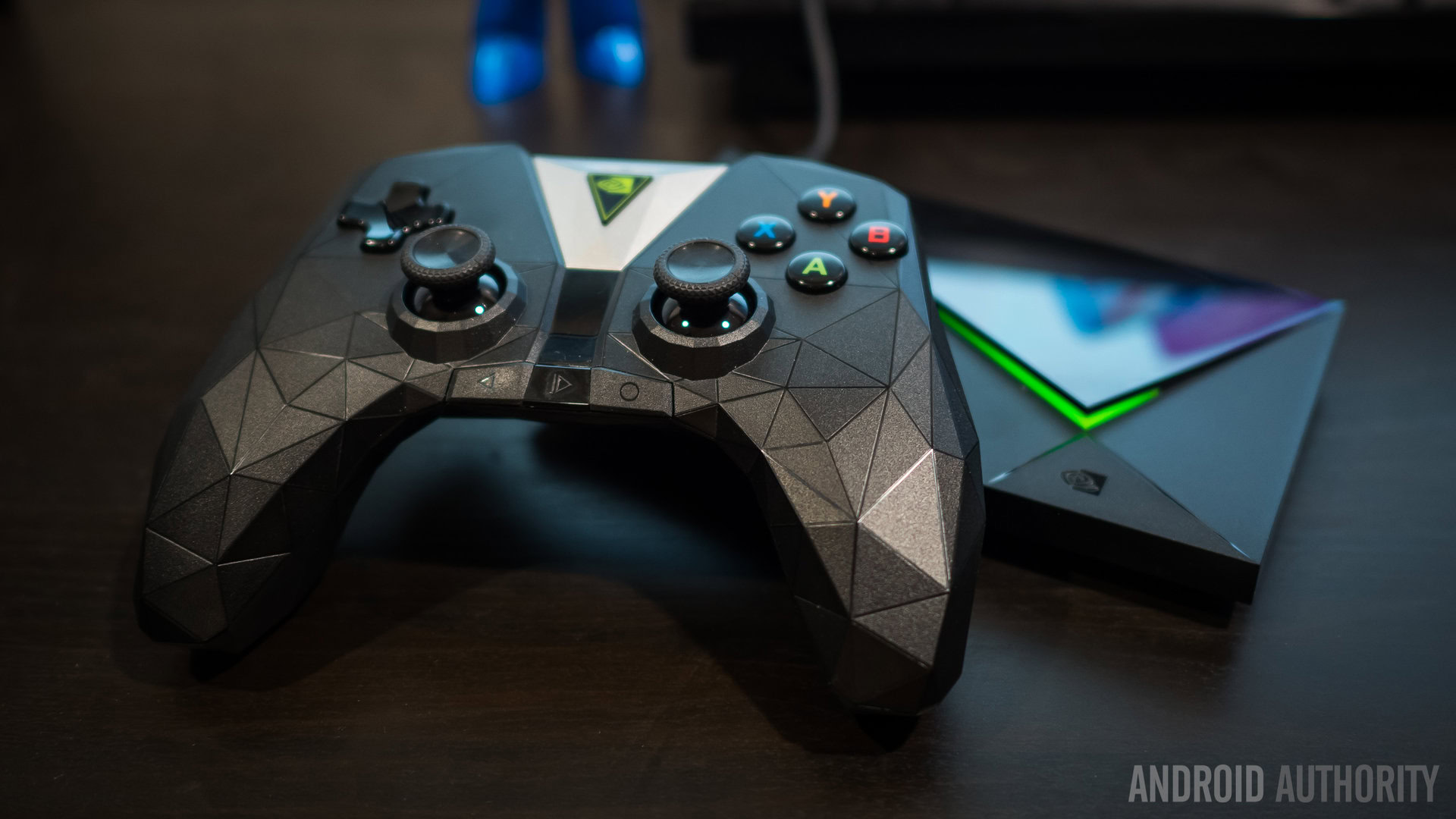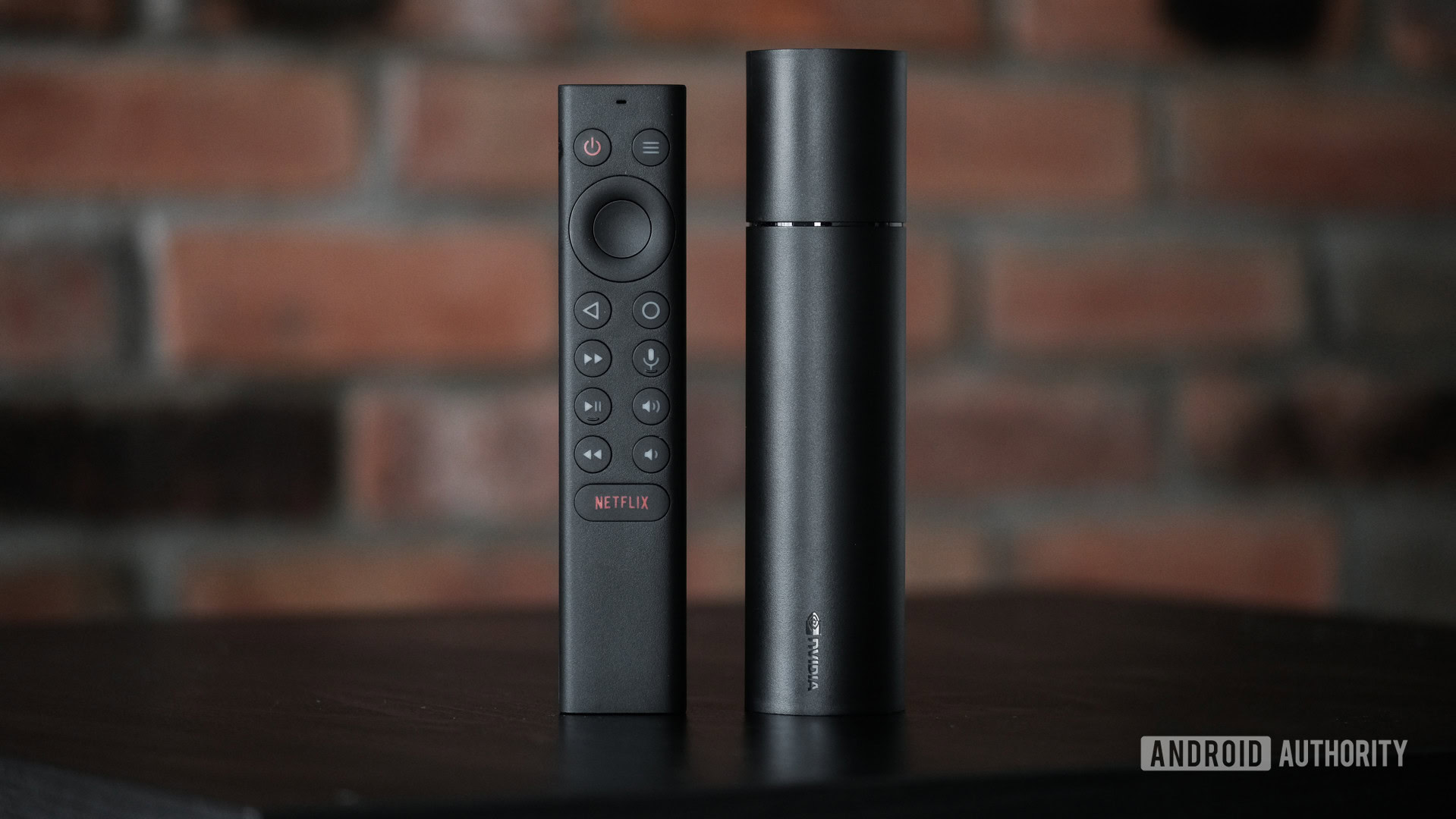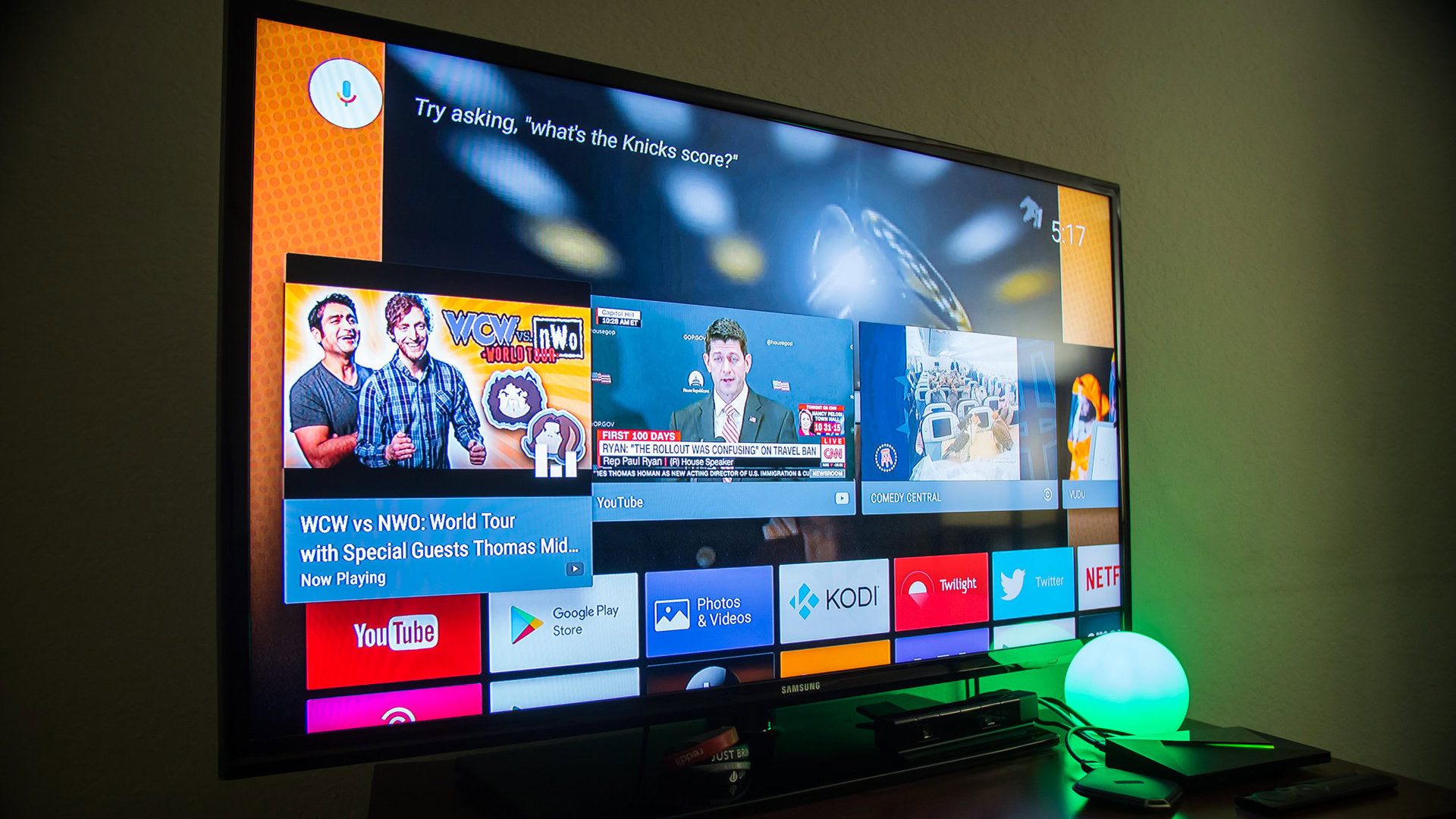Affiliate links on Android Authority may earn us a commission. Learn more.
How is it that the seven-year-old NVIDIA Shield TV is kept so up to date?
Published onJanuary 13, 2022

If you missed the news, the NVIDIA Shield TV range just received an update to Android 11, including the original 2015 model. That’s seven years of full-on proper OS updates, not just little security patches and performance tweaks. The 2015 model, which launched with Android 5.1, has received 27 patches so far. And this is by no means the last update NVIDIA’s Android TV gadgets look set to receive either. Frankly, NVIDIA is putting pretty much every other Android device manufacturer to shame, and not just those selling TV dongles.
To put that in perspective, a $199 (now $150) TV box has already received more updates than Google promises for its $899 Pixel 6 Pro flagship. Google pledges just 3 years of OS plus two more years of security upgrades. Likewise, Samsung’s three years of OS and four years of security patches pale in comparison, yet you could spend up to $1,379 on the most expensive Galaxy S21 Ultra option. Not to mention the slew of inexpensive TV dongles that are lucky to see any OS upgrades at all.
See also: Google’s Pixel 6 update promise is not good enough
NVIDIA is showing the entire industry how to do product support properly. It’s becoming more than a little embarrassing for virtually everyone else. So what’s NVIDIA’s seemingly secret recipe for long-term hardware support?
Hardware that’s built to last

One of the major reasons the NVIDIA Shield TV series continues to offer one of the best Android TV experiences today is due to some careful hardware planning. Although its CPU cores may be a little old, NVIDIA’s in-house Tegra X1 processor that powers the series still provides high-end sought-after TV features nearly seven years down the line. Notable features include 4K HDR10 playback, HEVC and VP9 decoding, 5GHz Wi-Fi, ethernet networking, and an HDMI 2.0 port. It’s not too shabby in the gaming graphics department either.
As a result, NVIDIA stuck with the same chipset for its 2017 Shield TV refresh. Although the 2019 model moved on up to a Tegra X1+ processor, the only differences are a clock speed boost and a smaller, more efficient 16nm manufacturing process. All Shield models offer the same core hardware features, making it easier to support and update the entire product line at once. And it’s all thanks to some low-level design forethought.
See also: Did you know you could once buy NVIDIA-powered smartphones?
Opting for an in-house processor design, rather than an off-the-shelf part from Qualcomm or MediaTek, has helped in other ways too. 2015 chipsets from these manufacturers were capped at just a couple of years of support or less for budget models. Even Qualcomm’s best update commitment today only provides three years of full Android OS upgrades. Opting for in-house silicon allows NVIDIA to support its Tegra X1 and X1+ platforms for as long as it wants.
Opting for in-house silicon allows NVIDIA to support its Tegra X1 and X1+ platforms for as long as it wants.
It’s also worth noting that NVIDIA continues to supply Tegra X1 chipsets and hardware support for the Nintendo Switch. The company likely already had a long-term support plan in place to accommodate a game console’s typical five-year life span. But with two major hits from a single chip, NVIDIA has kept Tegra X1 support ticking over longer than it may have originally planned. Fortunately, in-house hardware gives it the flexibility to do so.
In summary, taking control of the lower-level hardware not only allowed NVIDIA to build a future-proof product that has remained relevant for many years. The company can also support its chipset and products for as long as it’s willing to invest in development, rather than depending on another party’s silicon roadmap.
Keep. It. Simple. Software.

Nvidia’s K.I.S.S approach to hardware is combined with a similar take on software. Unlike some other Android TV sets and boxes, the Shield TV series remains close to stock. Granted, the company imbues its products with a few proprietary features, such as AI upscaling, its Geforce games apps, and a few OS shortcuts, but it’s still quintessentially a stock Android TV experience. By way of contrast, Xiaomi’s PatchWall UI is perhaps a more curated TV experience — its unique layout and other features will take more work to port over when a new version of Android TV arrives.
See also: The best Android TV boxes you can get
Case in point, the NVIDIA Shield TV’s latest Discover UI arrived just a few months after Google updated the Android TV interface with the new Discover tab. Similarly, NVIDIA’s TV range also received Stadia support as quickly as Google could bring it to its own Chromecast with Google TV dongle.
In-house hardware and a focused approached to software has kept the Shield TV relevant seven years later.
Just like its Tegra hardware, NVIDIA’s TV software is razer focused on the quintessential TV experience, with just a few simple apps to extend the experience into gaming and the like. The platform hasn’t become bloated or deviated from the original mission statement over the past seven years, ensuring that its OS remains relatively simple to keep up to date.
Thanks to long-term update support, the NVIDIA Shield TV continues to be a product range that Android Authority highly recommends. In fact, it’s sure to go down as one of the all-time great Android devices. Rival TV players, and the Android ecosystem as a whole, should take a leaf from NVIDIA’s book and aim to support their products for as long as consumers continue to use them.